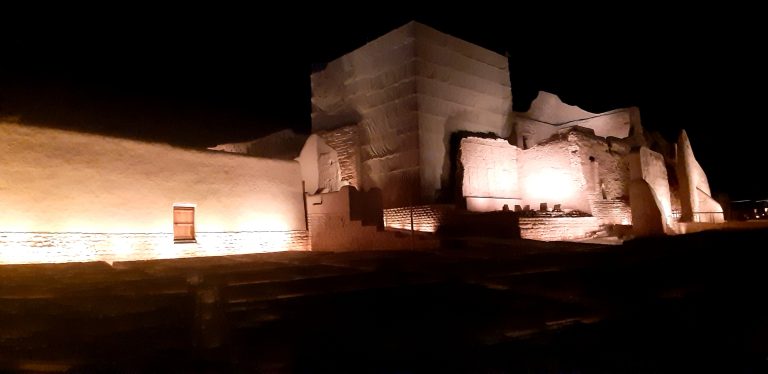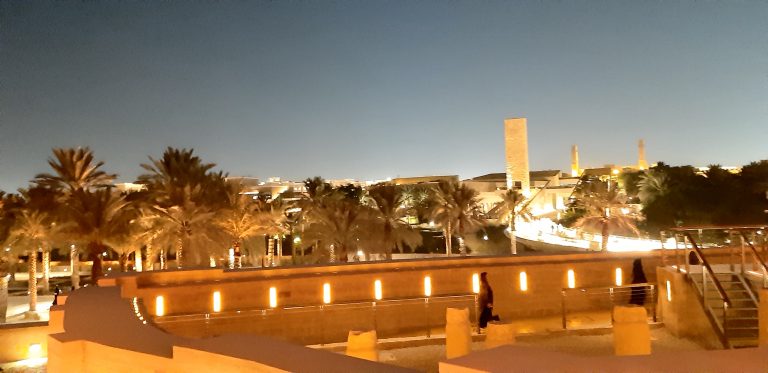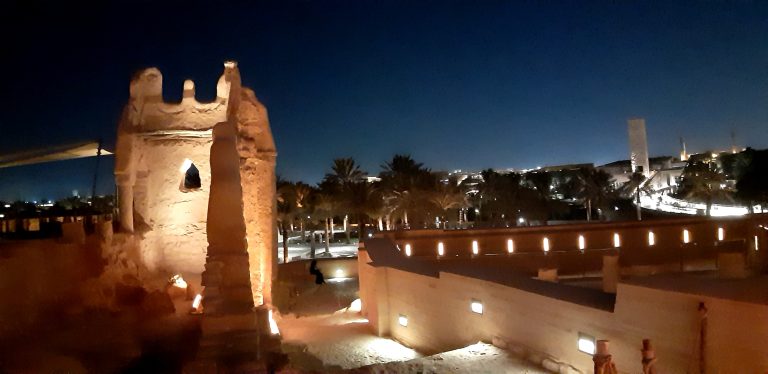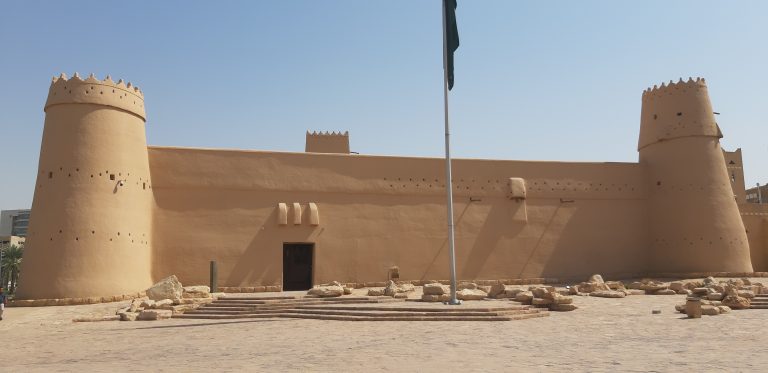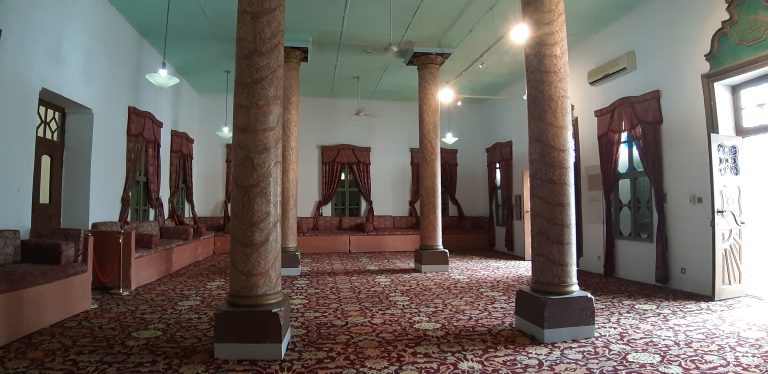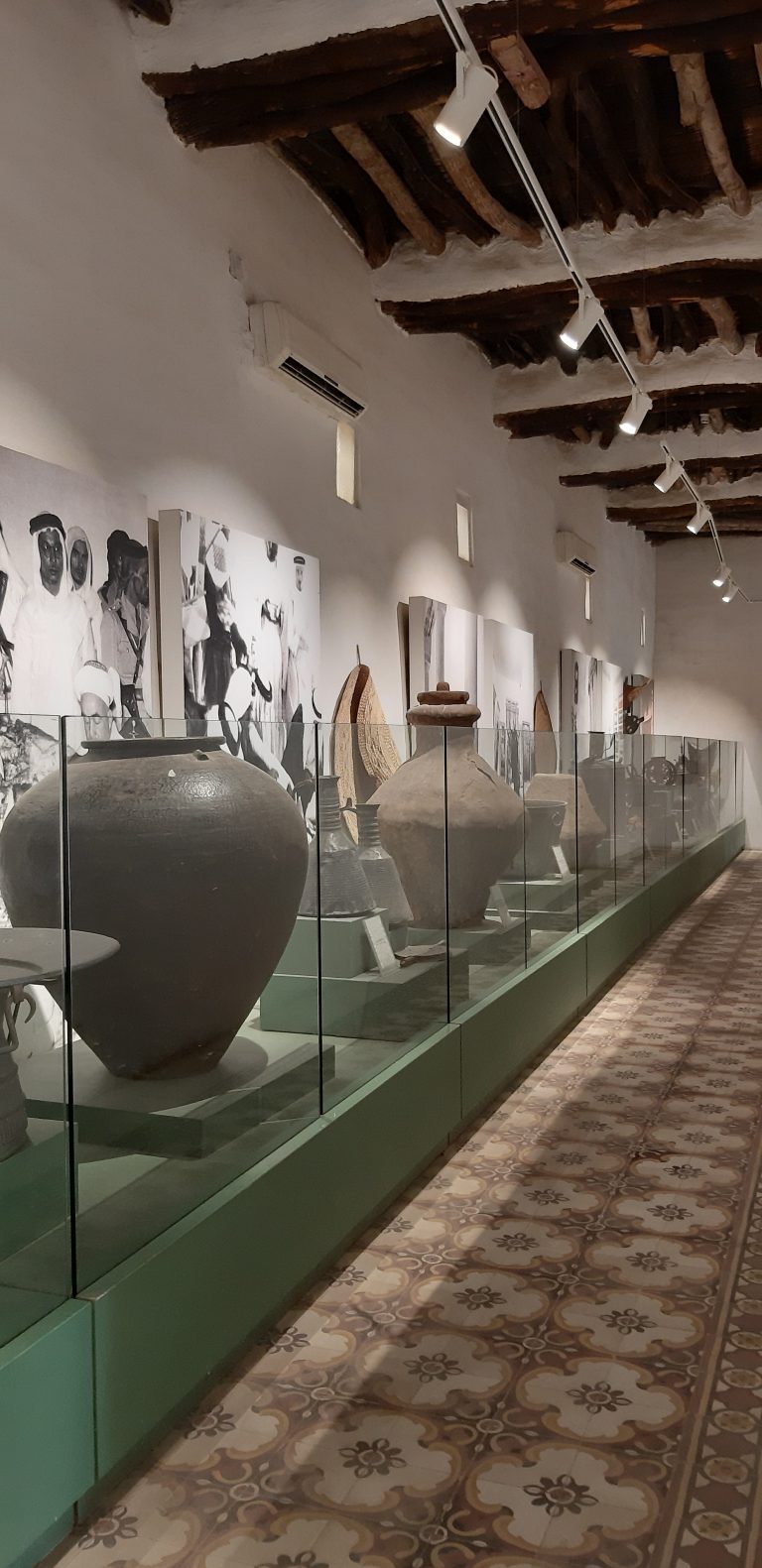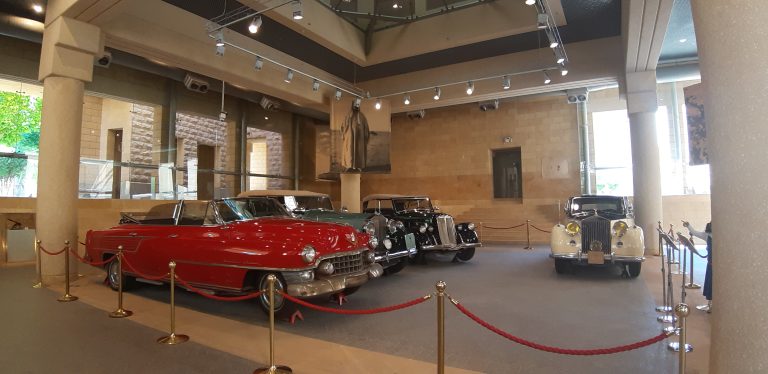Riyadh: The Birth of Saudi Arabia
What were once small settlements in the desert have transformed into a thriving metropolis, Riyadh, which has managed to preserve its historic spirit.
The capital and largest city of Saudi Arabia, Riyadh is located in the heart of the Arabian Peninsula, on the Najd plateau. It is a political and economic hub of great importance, characterized by a blend of modern and traditional architecture and a hot desert climate.
To truly understand and experience the essence of Saudi Arabia, one must begin with Diriyah, a UNESCO World Heritage Site and the settlement from which, through many struggles, the Saudi state was born. The town lies about 20 kilometers from Riyadh.
Diriyan
Diriyan
Diriyan
It should be noted that, since Riyadh is a large metropolis, distances in kilometers are rather relative — heavy traffic almost always slows down and nearly doubles travel times. This is something to keep in mind when planning visits to make the most of your time and avoid unnecessary delays.
Diriyah was the capital of the first Saudi kingdom, located in the Wadi Hanifah oasis in the heart of the Arabian Peninsula, inhabited by humans for many centuries. Numerous important civilizations, cities, and fortresses were born here. It was colonized by the Banu Hanifah tribe, who established kingdoms and ruled the region for many centuries before the advent of Islam.
According to ancient chronicles, Diriyah was founded in 1446 or 1447 and served as the capital of the Emirate of Diriyah under the First Saudi Dynasty from 1744 to 1818. The first and only European to visit during that period was J. L. Reinaud, a Dutch or English Arabist sent there in 1799. Reinaud spent a week in the oasis and was deeply impressed by the simplicity and austere hospitality of its inhabitants.
Today, the city is an open-air museum. All the buildings are made of sun-dried mud bricks, surrounded by walls and watchtowers. Recent restorations have carefully preserved its historic spirit. It is especially worth visiting at dusk, when the soft lighting effects enhance the monuments and create a truly unique atmosphere.
Al Masmak
Al Masmak
Al Masmak
The journey through Saudi history continues with Al Masmak Fortress. Historians have referred to this historical monument by various names such as “the fortress,” “the castle,” and “Al-Masmak” — the latter being the most common, as Al-Masmak in Arabic means “a solid and fortified building.” Indeed, it features defensive characteristics typical of other castles and strongholds: high walls, watchtowers, barbicans, battlements, turrets, loopholes, and secret entrances.
Passing through the Al Masmak gate early in the morning on the 5th of Shawwal, 1319 AH (corresponding to January 15, 1902), the young Emir Abdul-Aziz bin Abdurrahman Al Saud and his group of followers carried out an action that would forever change the course of Arabian history. Their aim was to establish a political and religious entity with the purpose of purifying the Arabian Peninsula from heretical practices and deviations from Islamic orthodoxy.
The assault on this gate marked the beginning of the victory that would ultimately lead to the unification of most of the Arabian Peninsula and the founding of the Kingdom of Saudi Arabia. The path, however, was long and arduous, as the armies of Mohammad Ali, led by Ibrahim Pasha, devastated Diriyah and the rest of the Najd, causing the fall of the First Saudi State. Yet, thanks to the loyalty to the Al Saud family deeply rooted among both tribal and urban subjects, the Al Saud leaders returned two years later to rebuild their state. This led to the founding of the Second Saudi State in 1824, with Riyadh as its capital.
In 1916, during the Great War, the British supported the proclamation of the Hashemite monarchy in the western Arabian territories of the Ottoman Empire, known as the Hejaz. At the end of the war, the expansion of the Saudi Sultanate of Najd under Abdulaziz ibn Saud inevitably brought it into conflict with the Hashemite Kingdom of Hejaz, which was eventually conquered by the Saudis in 1925. Under their rule, it remained so until the unification of Saudi Arabia in 1932.
The ancient walls of Riyadh were originally built by Dham bin Dwas around 1704 and restored in 1823 before being demolished in 1891. After conquering the city, King Abdulaziz ordered new walls to be built, a task that took forty days to complete. They were made of thick clay, standing 7.5 meters high, and featured sixteen round and tapered watchtowers, as well as square barbicans built near the gates. Unfortunately, these walls were eventually destroyed as the city expanded rapidly in the following decades.
Al Murabba Palace
Al Murabba Palace
Al Murabba Palace
Of significant historical interest is Al Murabba Palace, along with the adjacent National Museum. The palace was commissioned by the late King Abdulaziz Al Saud, the founder of the Kingdom of Saudi Arabia. It was built approximately 2 kilometers from what was then old Riyadh, in line with the city’s development and expansion during that period. The palace and its surroundings were conceived as a small self-contained complex, comprising a limited number of buildings. The King moved there with his family in 1939, making it not only his official residence but also the administrative center for state affairs, turning it into a “Diwan” (a meeting place) for audiences with leaders from around the world.
The palace’s foundations are made of stone, while the walls are constructed from a mixture of mud and straw. On the plastered surfaces of the walls, one can admire decorative inscriptions and motifs in gypsum. Surrounding the central courtyard, visitors can explore the administrative offices of officials and guards, as well as rooms designated for the chief servant, chief of security, doctor, radio operator, and storage areas. The tour then continues to the first floor, where one can admire the reception and conversation rooms, culminating in the State Meeting Hall, reserved for official gatherings and diplomatic audiences.
Getrude Bell
Franklin Delano Roosevelt
RIAD – 2025 (34)
Numerous photographs illustrate the life of the founding King, including several meetings with heads of state such as Churchill and Roosevelt. One of the most iconic encounters, however, remains that with Miss Gertrude Bell—the British diplomat, archaeologist, writer, and explorer. She crossed all the Middle Eastern deserts, building friendships with tribal leaders and contributing to the definition of kingdoms and borders in that region of the world which, at the beginning of the 20th century, was the most contested among the great powers. She also played a key covert role in supporting the Arab Revolt, working alongside the legendary Lawrence of Arabia during World War I.
The visit concludes at the National Museum, where various objects and garments from the King’s personal collection are displayed—including his impressive car fleet.
In conclusion, Riyadh is a city deeply rooted in its history, yet modern and forward-looking. It is important to note that to visit Saudi Arabia, travelers must obtain an electronic visa, easily purchasable through www.ivisa.com and hold a passport valid for at least six months beyond the intended stay.
In the next article on our Cruising Journal website, don’t miss the discovery of Riyadh in its most modern and cosmopolitan dimension.

